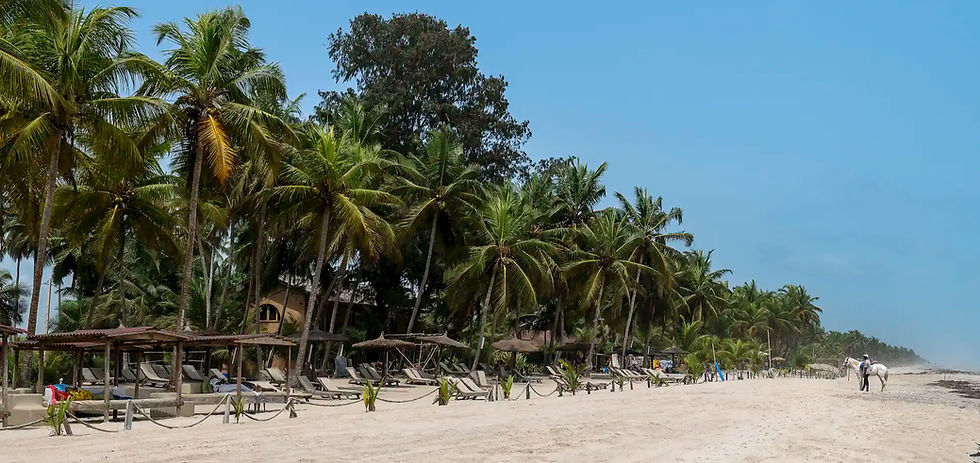Diplomatic relations in the micronational world
- Olivier Martinez
- 27 juin 2022
- 3 min de lecture
What motivates them in general and what is their usefulness?

Recognition and the need to belong to a group is a human need that goes back to our primate origins. It is ptretty much linked to our ancestral instinct seeking not only protection but also the feeling of existing thanks to the interaction aroused with others within a community.
Micronations being the work of human beings, they follow this instinctive logic in general. This translates into the need to create diplomatic relations treaties, often announced officially and thunderously by the protagonists behind them. But we will also note that this is not always the case and we will see what makes the reason for it.
What motivates them ?

Emerging micronations with a very small community of citizens systematically demonstrate the need to create diplomatic relations in order to feel recognized and to have the feeling of having an increasingly prominent place among the other micronations. For years, every week has been the subject of new publications on social networks. “They recognized me so I exist, I am now indeed part of this fabulous world of micronations!” said these young founding micronationalists to themselves.
The next step is often to try to obtain the recognition of the "big fishes" to move to a higher status and notoriety within the micronational community. Suffice to say that the "big fishes", in other words, the historical micronations (and/or the most publicized) are not fooled. These micronations do not at all like the idea of serving as stooges or trophies.
Some of them have simply stopped signing diplomatic treaties. This is the case of the Republic of Molossia for example. For others, moral, ethical and even seniority criteria put a brake on the enthusiastic momentum of these young shoots.
The emblematic

Faced with this diplomatic ballet sometimes taking on the appearance of a hunting ground, we discover that the most historic micronations that we will call "the emblematics" often remain far from these formalities and these needs.
Their media notoriety is often such that the emblematics do not need recognition from their peers to make a name for themselves. But still, over time, they benefit from a sufficiently large community of citizens to no longer be dependent on interaction with other micronations to be active. They no longer have this need or this fear of being non-existent and excluded from the micro-national community. They conduct their lives and activities with little concern for other micronations.
Diplomatic relations between micronations? What for ?

Once signed up and added to their list of recognized micronations on their sites, most micronationalists don't do much with it. This often does not go beyond the stage of the thunderous announcement on the networks and the exchange of medals between heads of micronations.
In some cases, real political and ideological cohesion is evident. These convergences give rise to intermicronational unions allowing within them debates, agreements and joint decision-making on the themes that unite them. We give here some examples: The AMU brings together the micronations claiming a territory on the Antarctic continent, the Microfrancophonie brings together the main emerging French-speaking micronations and the Santiago conference brings together the Portuguese-speaking micronations of America. In Asia, Formousa welcomes young micronations located in countries bordering the China Sea.
Overall, the micronational world is not that different from the world as we know it. A conservative always creates a conservative micronation, a progressive will always make a progressive micronation. The only difference is that in the microworld the two are not forced to compose and only true friendships give rise to true treaties.






Commentaires